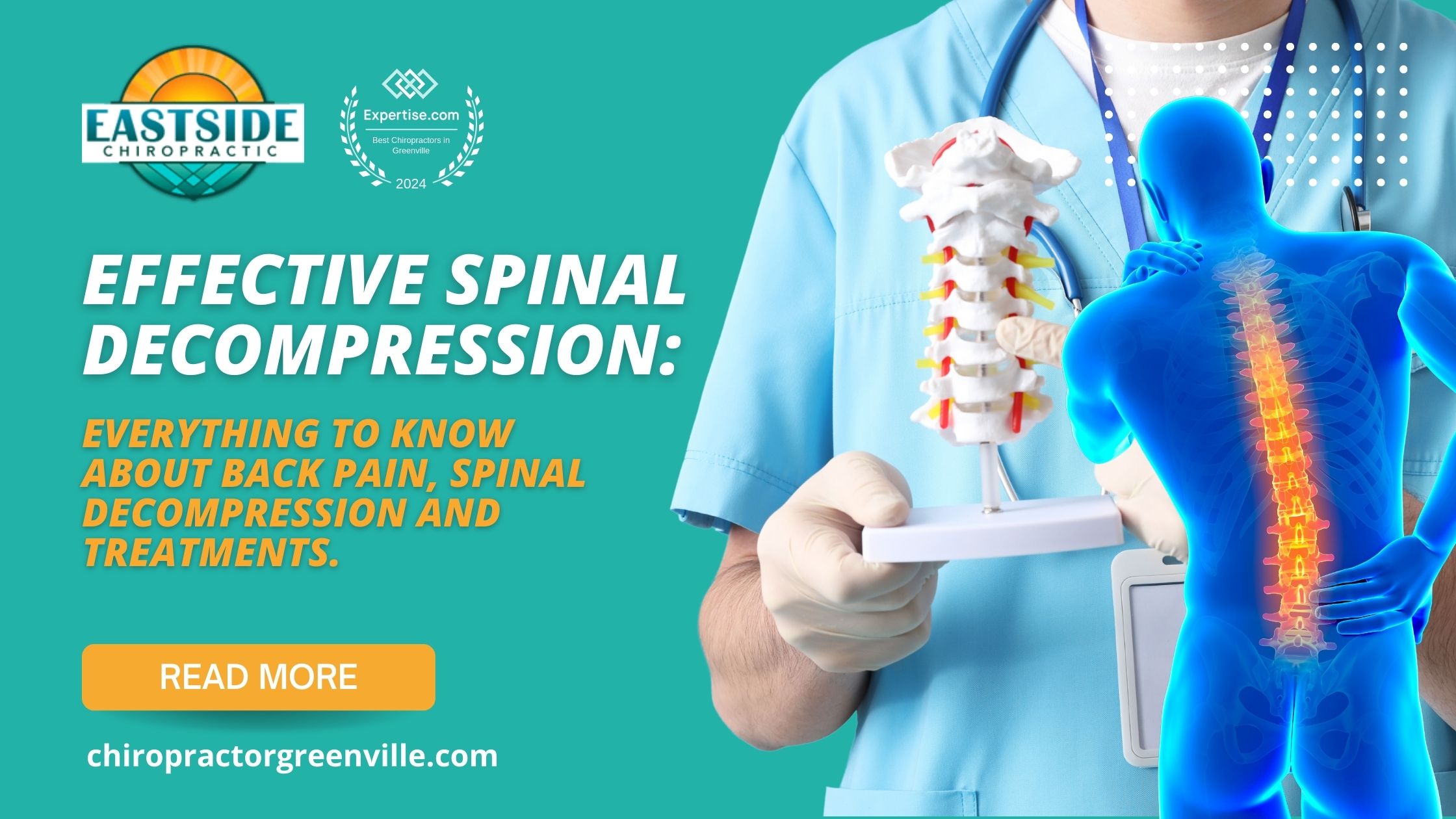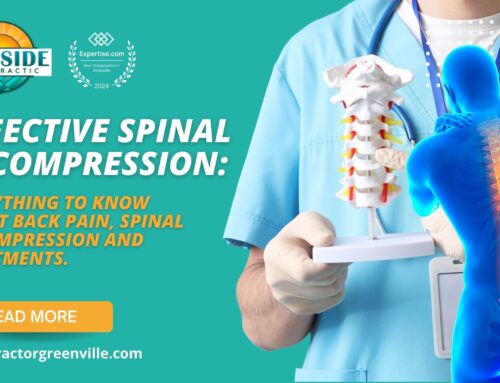Introduction
Feeling trapped by chronic back pain is no joke, and if you’re living in Taylors, SC, you’ve probably heard about spinal decompression at Eastside Chiropractic PA. Maybe you’re even considering it. But the big question is: Are you a suitable candidate? Let’s break down what spinal decompression is, who should give it a go, and who might want to think twice.
What is Spinal Decompression?
Before we dive into who should avoid it, let’s get a handle on what spinal decompression actually entails. Spinal decompression is a non-surgical treatment aimed at relieving back pain caused by issues like herniated discs, degenerative disc disease, and sciatica. It works by gently stretching the spine, changing its force and position. This action creates a vacuum-like effect that allows bulging or herniated discs to retract, easing pressure off nerves.
Benefits of Spinal Decompression
You might be wondering, “What’s in it for me?” Well, quite a bit if you’re the right candidate.
- Pain Relief: Say goodbye to chronic back pain and hello to a more active lifestyle.
- Improved Mobility: Get back to doing things you love without cumbersome movement restrictions.
- Enhanced Quality of Life: Less pain means a happier, more productive you.
Who Should Consider Spinal Decompression?
While spinal decompression can do wonders, it’s not exactly a one-size-fits-all solution.
- Ideal Candidates: Typically, those with disc problems or chronic lower back pain.
- Common Conditions Treated: Herniated discs, sciatica, degenerative disc disease, and pinched nerves.
Who Should Avoid Spinal Decompression?
Now, let’s hit pause and consider the flip side. Spinal decompression isn’t suitable for everyone.
- General Criteria: Anyone with severe osteoporosis, fractures, or certain other conditions should steer clear.
- Specific Medical Conditions: There are pretty specific ailments that could eliminate you as a candidate.
Not a Candidate for Spinal Decompression
- Spinal Fractures: Bones need to heal, and compressing them can do more harm than good.
- Osteoporosis: Weakened bones can’t handle the pressure changes involved in spinal decompression.
- Pregnancy: Expecting mothers should opt-out; the safety for them and the baby can’t be guaranteed.
- Unstable Spine: Conditions like spondylolisthesis often rule out decompression.
- Tumors and Infections: These require different, often more aggressive, medical treatments.
Risks Associated with Spinal Decompression
Any treatment comes with its own set of risks. Spinal decompression is generally safe but can have side effects like muscle spasms or temporary pain increase in rare cases. Long-term risks are minimal but not non-existent.
Alternative Treatments for Back and Neck Pain
If you just discovered you’re not a candidate, don’t lose hope. There are other ways to combat back and neck pain:
- Physical Therapy: Customized exercises to strengthen your back.
- Medications: Pain relievers and anti-inflammatory drugs can help.
- Surgery: In severe cases, surgical intervention might be necessary.
Consultation Process at Eastside Chiropractic PA
Curious about what happens at Eastside Chiropractic PA? Here’s a sneak peek:
- Initial Assessment: We start with a thorough consultation to understand your medical history.
- Diagnostic Tests: These often include X-rays or MRIs to pinpoint the issue.
- Personalized Treatment Plans: We design a plan tailored to your specific needs and conditions.
Eastside Chiropractic PA: What Sets Us Apart
Why should you consider Eastside Chiropractic PA for your spinal health?
- Expertise and Experience: Our team has years of hands-on experience.
- Patient-Centered Care: Your wellness is our top priority.
- Advanced Technology: We use state-of-the-art equipment for optimal results.
What to Expect During a Spinal Decompression Session
- The Procedure: You lie down on a table equipped with a motorized traction system.
- Duration and Frequency: Each session usually lasts between 30 to 45 minutes, with a recommended 20 sessions over 4 to 6 weeks.
- Post-Treatment Care: Gentle exercises and lifestyle modifications to maintain results.
Frequently Asked Questions about Spinal Decompression
Got questions? We’ve got answers.
- Is it painful? Generally, it’s comfortable, though some might experience slight discomfort initially.
- How soon can I see results? Some feel relief after a few sessions; for others, it takes longer.
- Is it covered by insurance? Often, though it’s best to check with your provider.
Maintaining Spinal Health
Spinal decompression is just the start. Embrace a healthier lifestyle to keep that spine in top shape.
- Tips for a Healthy Spine: Maintain good posture and stay active.
- Post-Treatment Lifestyle Changes: This includes diet adjustments and regular exercise.
Conclusion
Spinal decompression can be a life-changing treatment, but it’s not for everyone. If you’re in Taylors, SC, and dealing with back pain, consider consulting with Eastside Chiropractic PA to explore your options. Let’s get you back to living your best life.
FAQs
- 1. Can I undergo spinal decompression if I have a history of back surgery?
- It depends on the type and extent of the surgery. Consultation with your doctor is crucial.
- 2. Are there age restrictions for spinal decompression?
- While there’s no strict age limit, younger patients and those in good health typically see better results.
- 3. How can I schedule a consultation at Eastside Chiropractic PA?
- You can call us directly or visit our website to book an appointment.
- 4. What should I wear to a spinal decompression session?
- Comfortable, loose-fitting clothes are best.
- 5. Is spinal decompression the same as inversion therapy?
- No, although both involve spinal stretching, spinal decompression is a more controlled and precise method.


